The first choice is DAF-FM for extracellular detection, and DAF-FM DA for intracellular detection.
DAF-2/DAF-2 DA is often used to reproduce the already reported results, because there are many publications using DAF-2 reagents. In contrast, DAF-FM/DAF-FM DA usually give better results at pH 6-7 range.
For the detection in a more acidic environment, or when green autofluorescence is not ignorable, DAR-4M/DAR-4M AM are good choices.
| Product code |
Product name |
Exmax (nm) |
Emmax (nm) |
Cell permeability |
Capable pH range |
| SK1001-01 |
DAF-2 |
495 |
515 |
– |
>7 |
| SK1002-01 |
DAF-2 DA |
495 |
515 |
+ |
>7 |
| SK1003-01 |
DAF-FM |
495 |
515 |
– |
>5.5 |
| SK1004-01 |
DAF-FM DA |
495 |
515 |
+ |
>5.5 |
| SK1005-01 |
DAR-4M |
560 |
575 |
– |
4-12 |
| SK1006-01 |
DAR-4M AM |
560 |
575 |
+ |
4-12 |


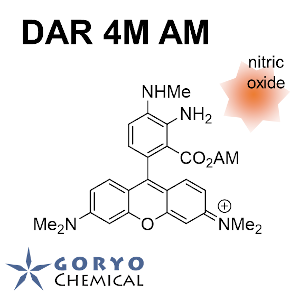


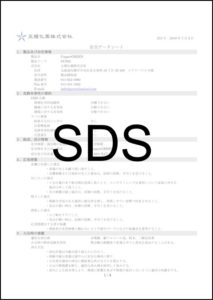

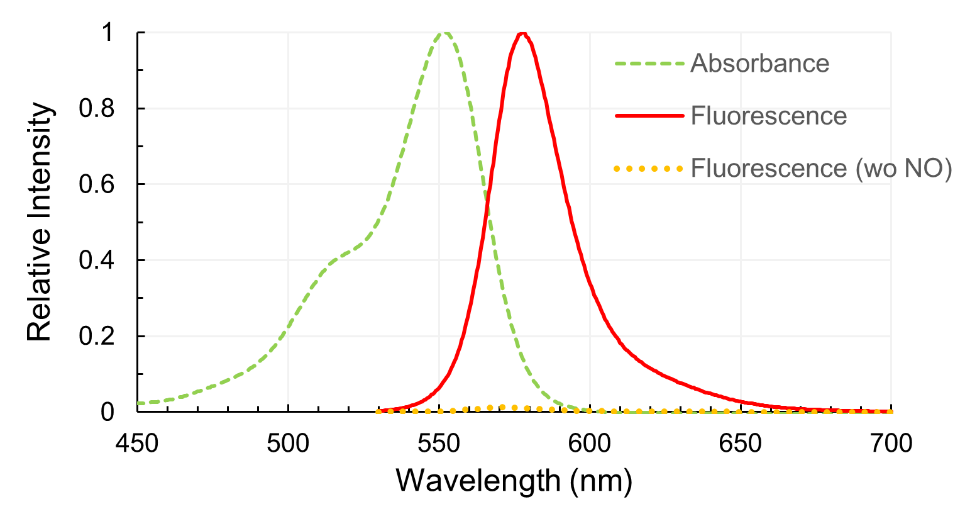
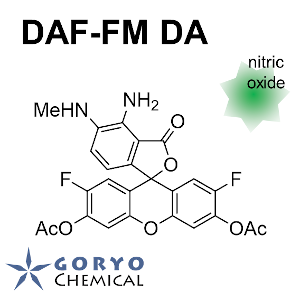
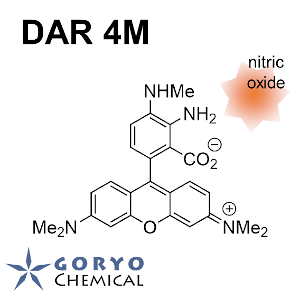
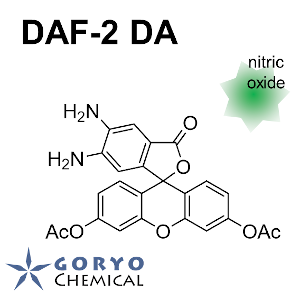
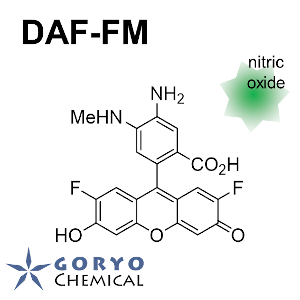
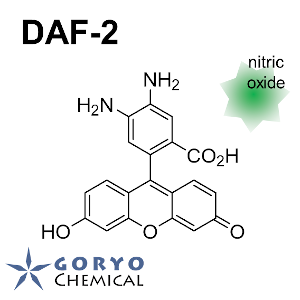
 Contact Us
Contact Us
